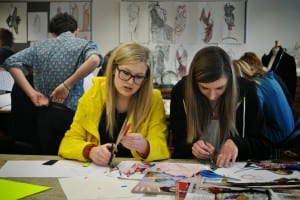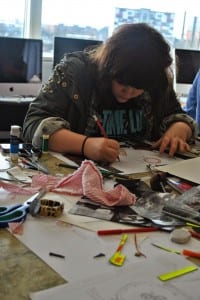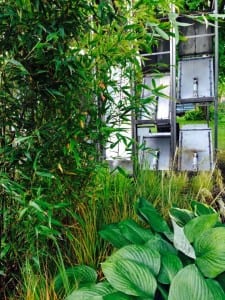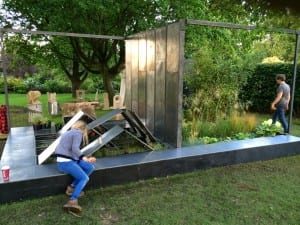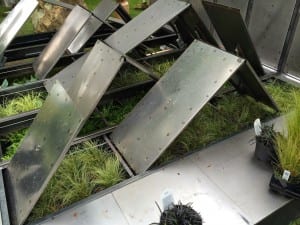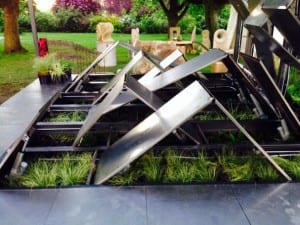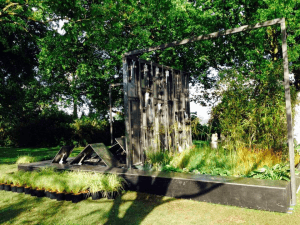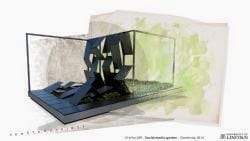We are pleased to share that two of our College of Arts Senior Lecturers have collaborated and released a book on Studies in Architecture.
Angela Bartram works in live art, video, sculpture and published text. Bartram’s artwork has been included in a variety of exhibitions, including the Miami International Festival of Performance (2013); and at the gallery Grace Exhibition Space (New York 2012). She is a senior lecturer in fine art at the University of Lincoln.
Douglas Gittens is a researcher and senior lecturer at the Lincoln School of Architecture. He is also an active member of the Architectural Contexts Research Group and the Drawing Research Group at the University of Lincoln, and a member of the Architectural Humanities Research Association (AHRA). His research interests include spatial theory, the phenomenology of architecture, architectural representation and the documentation of architectural memory and lost space.
Overview –
Bringing together a broad range of contributors including art, architecture, and design academic theorists and historians, in addition to practicing artists, architects, and designers, this volume explores the place of the sketchbook in contemporary art and architecture. Drawing upon a diverse range of theories, practices, and reflections common to the contemporary conceptualisation of the sketchbook and its associated environments, it offers a dialogue in which the sketchbook can be understood as a pivotal working tool that contributes to the creative process and the formulation and production of visual ideas. Along with exploring the theoretical, philosophical, psychological, and curatorial implications of the sketchbook, the book addresses emergent digital practices by way of examining contemporary developments in sketchbook productions and pedagogical applications. Consequently, these more recent developments question the validity of the sketchbook as both an instrument of practice and creativity, and as an educational device. International in scope, it not only explores European intellectual and artistic traditions, but also intercultural and cross-cultural perspectives, including reviews of practices in Chinese artworks or Islamic calligraphy, and situational contexts that deal with historical examples, such as Roman art, or modern practices in geographical-cultural regions like Pakistan.
A copy of their book can be found at http://www.ashgate.com/isbn/9781409468660

